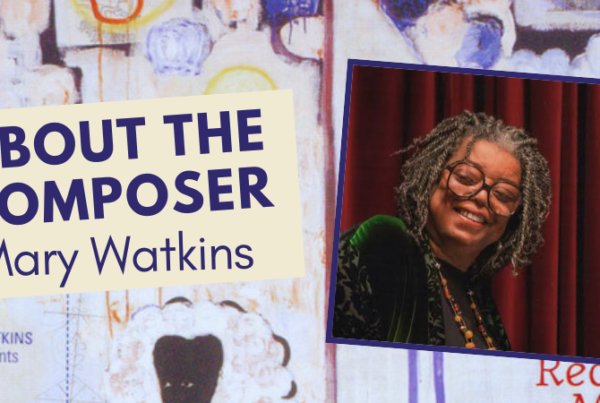One of the most beloved composers of all time (among the “3 B’s” — Bach, Beethoven and Brahms), Johannes Brahms was born in Hamburg, Germany, in 1833. His father, a humble double bass player, was aware of Johannes’s early musical talent and struggled to provide the child with superior training. By the time he was a teenager he was an accomplished pianist, and was hired by Ede Remenyi, a prominent Hungarian violinist, to accompany him on a concert tour. Louis C. Elson in 1898 wrote about their concert in Gottingen, “When they came to try the piano provided, they found it so low in pitch that Beethoven’s great ‘Kreutzer Sonata,’ which was on the programme, would have lost all its brilliancy had the violin tuned down to it. Brahms, the youth of nineteen years, thereupon transposed the entire work from A to B flat, playing it from memory! The herculean task had its immediate reward; the greatest living violinist, Joachim, was present, and at once gave the pianist a letter of introduction to Schumann.”
Robert and Clara Schumann took the young pianist into their home, recognizing in the shy composer a future leader of the camp dedicated to absolute music, the ideal that music be non-representational, with no associations such as story, scene or mood. When Schumann published a lavish tribute about Brahms’s talent, calling him “the young eagle,” Johannes became famous overnight.
At the time, the “Neo-German party” of composers, including Liszt and Wagner, were promoting the “music of the future” — program music, with its use of nationalistic, picturesque events and special effects. These neo-Germans took it for granted that they spoke for all their contemporaries. Irritated by this, Brahms helped draw up a manifesto against the sort of “new music” that Wagner favored, and circulated it for signatures. The petition, which was published prematurely, carried only four names, causing him great embarrassment and provoking a vicious attack from Wagner. After that Brahms withdrew into his shell, and became an avowed traditionalist, a defender of the structures and compositional techniques of Baroque and Classical music.
Robert Schumann was institutionalized for a severe mental collapse five months after Brahms joined the household. Although Clara was 14 years older than Brahms and the mother of seven children, he became infatuated with her, and tended her lovingly during Robert’s illness. This created great conflict within Brahms’s heart, for he respected and revered his friend and benefactor. The one-sided romance ended when Schumann died two years later, and Brahms took his leave. He and Clara would remain lifelong friends. Brahms had several other romances, but fearing what he called “the fetters of marriage,” he adopted a mask of gruffness in later years and kept his emotions under tight control, concealing a tender soul.
As a severe self-critic and aided by immense self-discipline, Brahms concentrated on composing. He wrote and rewrote, destroyed and rewrote. He planned for twenty years before he started the First Symphony. Thirty-seven years after he had composed and discarded a trio, he was able to rewrite it note for note!
In 1878 he made Vienna his permanent home, and there his conducting, concert tours and compositions brought him lavish official and public recognition. He was the first composer to become comfortably well off from the sale of his music alone. He concentrated fully on his music and let everything else go. Despite his fame, Brahms maintained a rather bohemian lifestyle and exterior, growing a massive white beard to disguise the fact that he refused to wear a necktie. Friends had to apologize for his appearance. He loved long walks in nature and was known for his rough humor.
Brahms’s four great symphonies (1876, 1877, 1883, 1885) are considered unsurpassed in the late Romantic period. He also composed two concertos for piano and orchestra, and the one for violin (1878). Many chamber works, sonatas, and songs pursue his themes of love, nature and death. His popular choral work, A German Requiem, a rumination on mortality, is better loved today than after its premiere in 1869. Throughout his career, he was known for his keen intellect and imagination, breadth of musical insight, warm heart and noble character.
At age 64, he was still a vigorous walker, but without warning he became ill. His physicians and a few intimate friends knew that he was dying of liver cancer for some time, but they faithfully guarded this secret and Brahms knew nothing of it, working on calmly. “I have not even begun to express myself,” he complained on his deathbed. When Brahms died in 1897, he was buried in Vienna not far from Beethoven and Schubert.
Rachel Barton Pine performs the Brahms Violin Concerto with the Flagstaff Symphony Orchestra on September 25th at the NAU Ardrey Auditorium. Tickets can be purchased by telephone at (928) 523-5661 or online at the NAU Central Ticketing Office.
Can’t wait for the September 25th concert? Pick up a book on Brahms and be the envy of all your friends!
Read the final part of the series and attend the concert next week!




